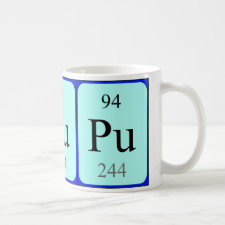
Authors: Tan J, Li R, Jiang ZT
Article Title: Discrimination of fresh fruit juices by a fluorescent sensor array for carboxylic acids based on molecularly imprinted titania.
Publication date: 2014
Journal: Food Chemistry
Volume: 165
Page numbers: 35-41.
DOI: 10.1016/j.foodchem.2014.05.104
Alternative URL: https://www.researchgate.net/publication/263012864_Discrimination_of_fresh_fruit_juices_by_a_fluorescent_sensor_array_for_carboxylic_acids_based_on_molecularly_imprinted_titania
Abstract: Design of chemical sensor arrays that can discriminate real-world samples has been highly attractive in recent years. Herein a fluorescent indicator-displacement sensor array for discrimination of fresh fruit juices was developed. By coupling the unique high affinity of titania to electron-donating anions and the cross-reactivity of molecularly imprinted materials to structurally similar species, a small array was fabricated using only one rhodamine-based fluorescent dye and three synthesized materials. Citric, malic, succinic and tartaric acids were chosen as indices. The recognition mechanism was investigated by spectrofluorimetric titration using a non-linear Langmuir-type adsorption model. The proposed method was applied to discriminate thirteen fruit juices through their carboxylic acid contents. Principal component analysis of the data clearly grouped the thirteen juices with the first principal component owning 98.2% of the total variation. The comparison of the sensor array with HPLC determination of the carboxylic acids was finally made
Template and target information: citric acid, malic acid, succinic acid, tartaric acid
Author keywords: Sensor array, molecular imprinting, titania, Fluorescent indicator-displacement, Carboxylic acid, Fresh fruit juice



Join the Society for Molecular Imprinting

New items RSS feed
Sign-up for e-mail updates:
Choose between receiving an occasional newsletter or more frequent e-mail alerts.
Click here to go to the sign-up page.
Is your name elemental or peptidic? Enter your name and find out by clicking either of the buttons below!
Other products you may like:
 MIPdatabase
MIPdatabase









